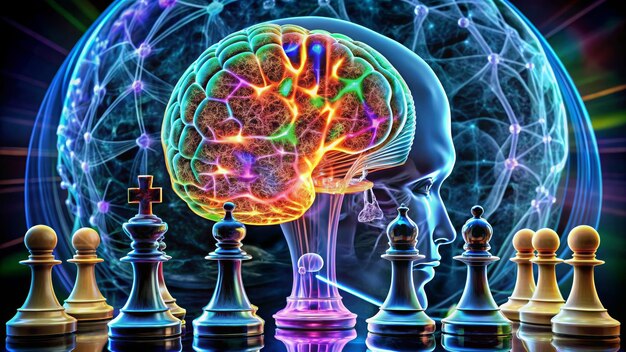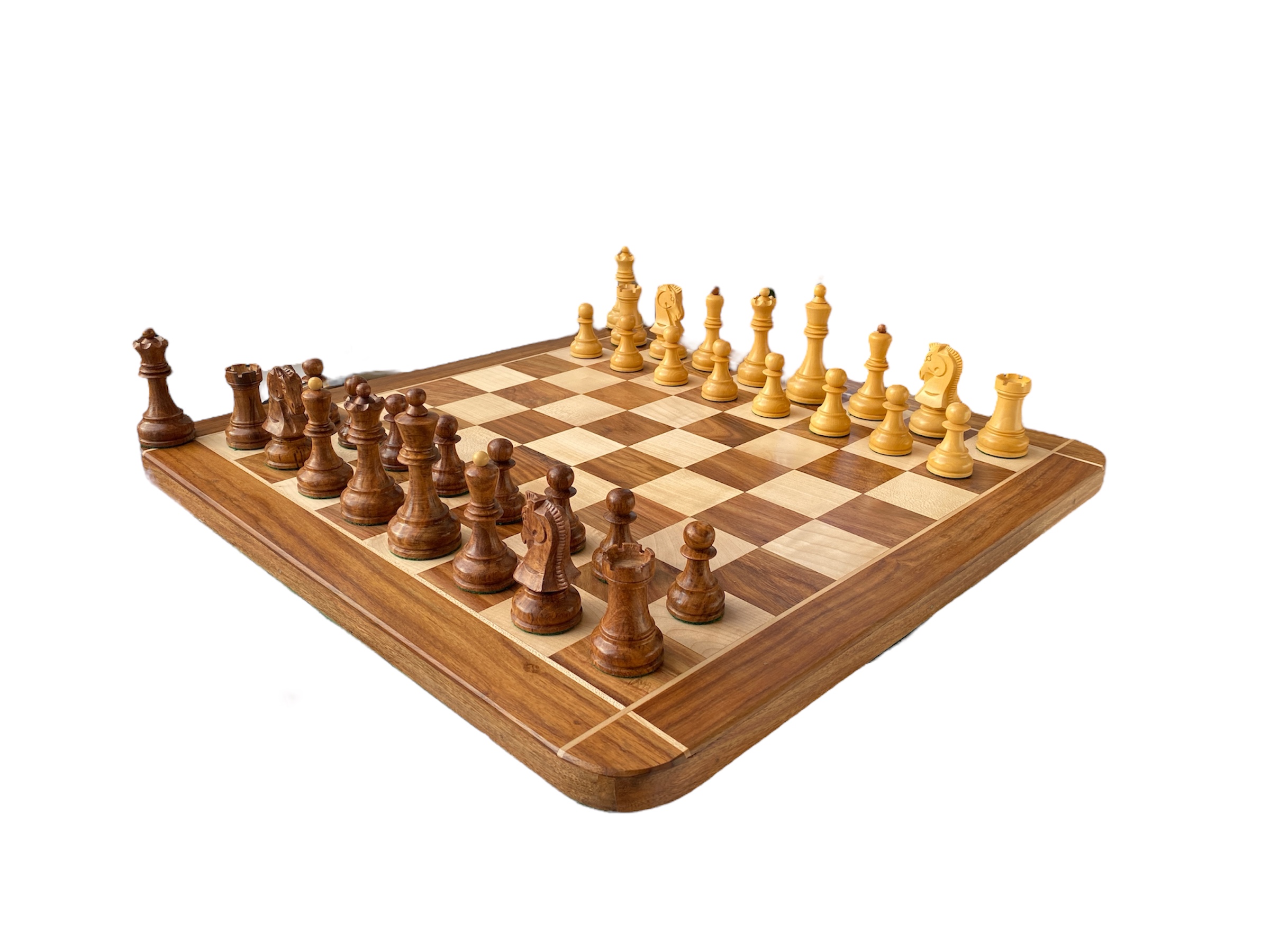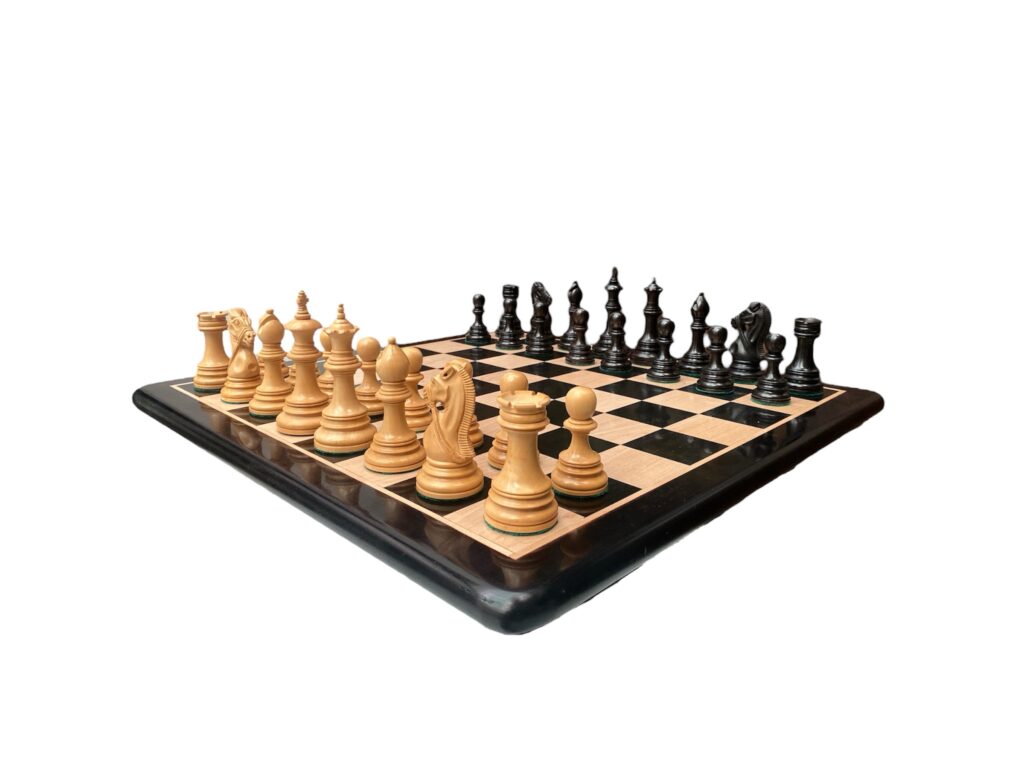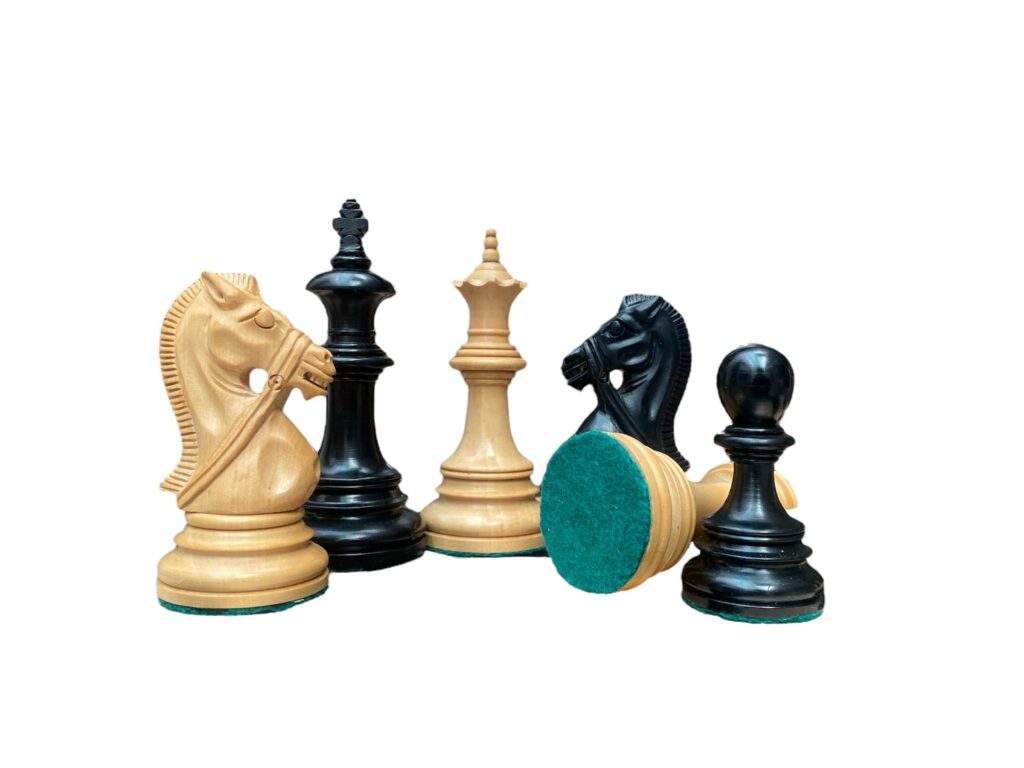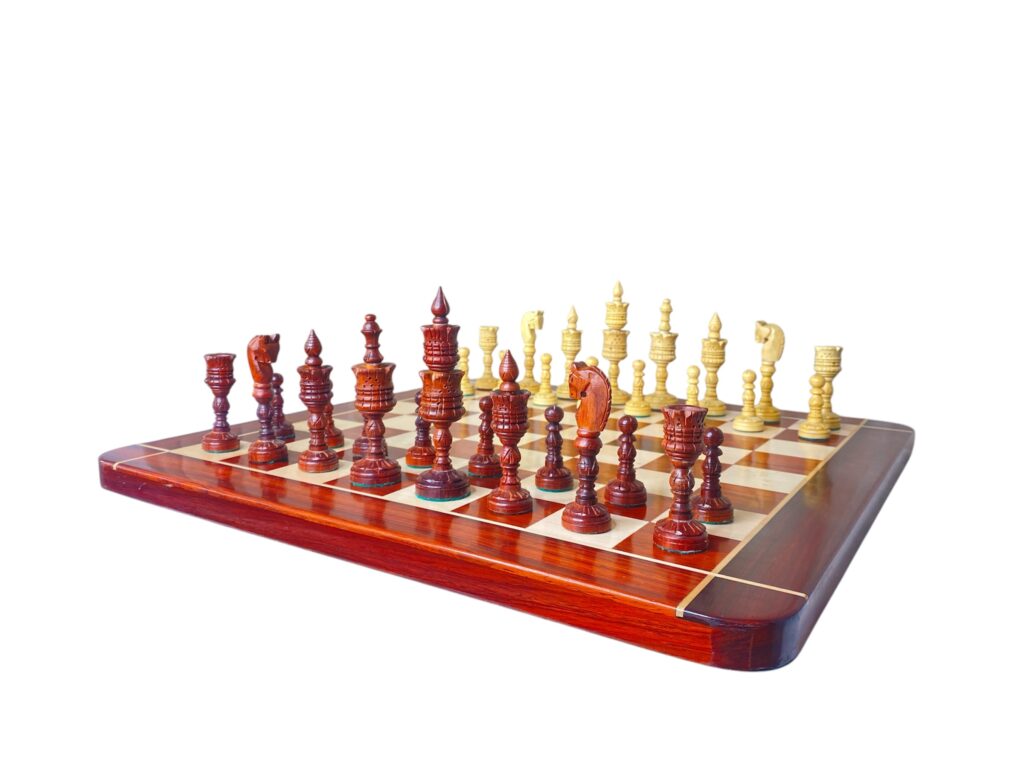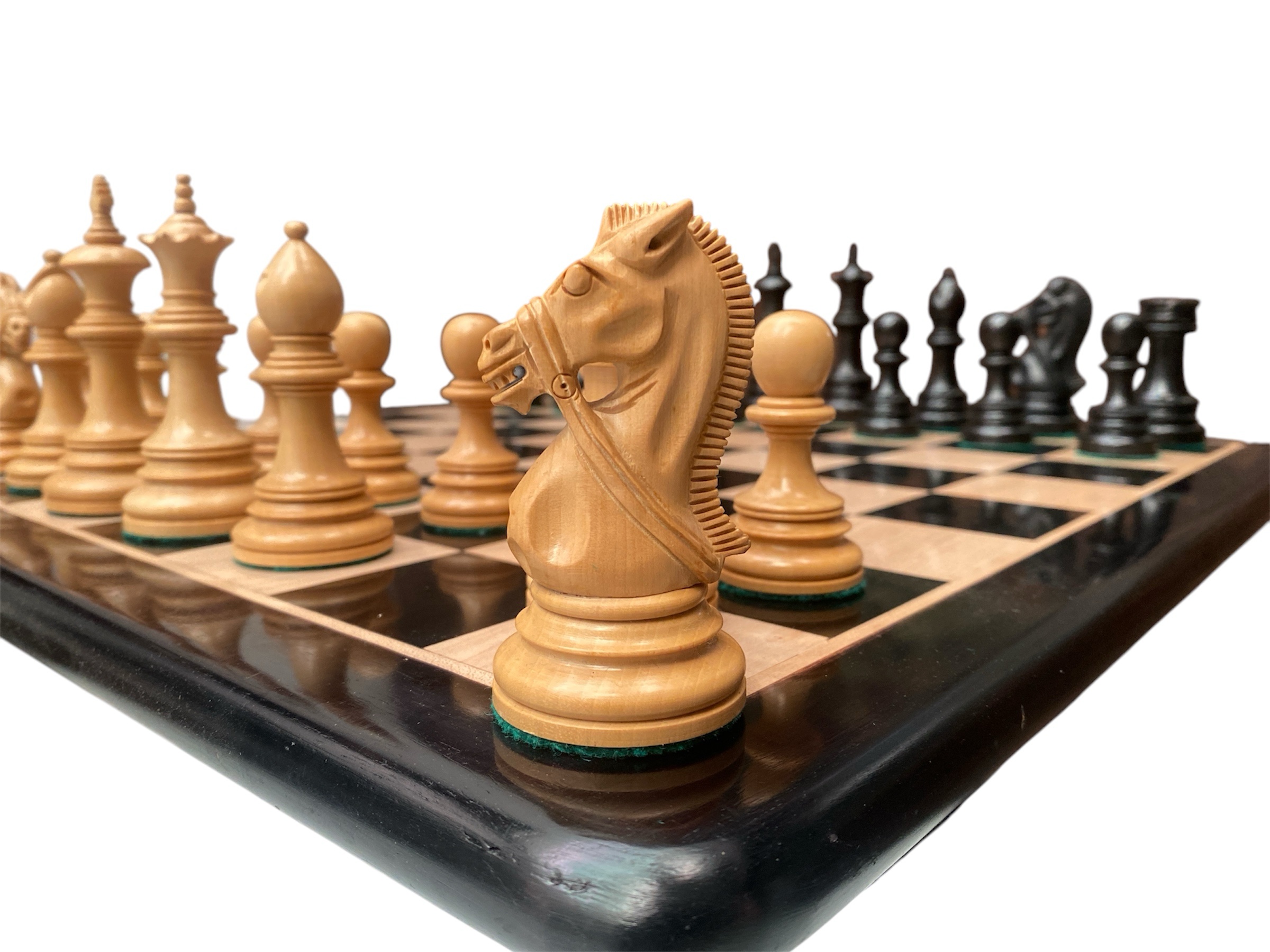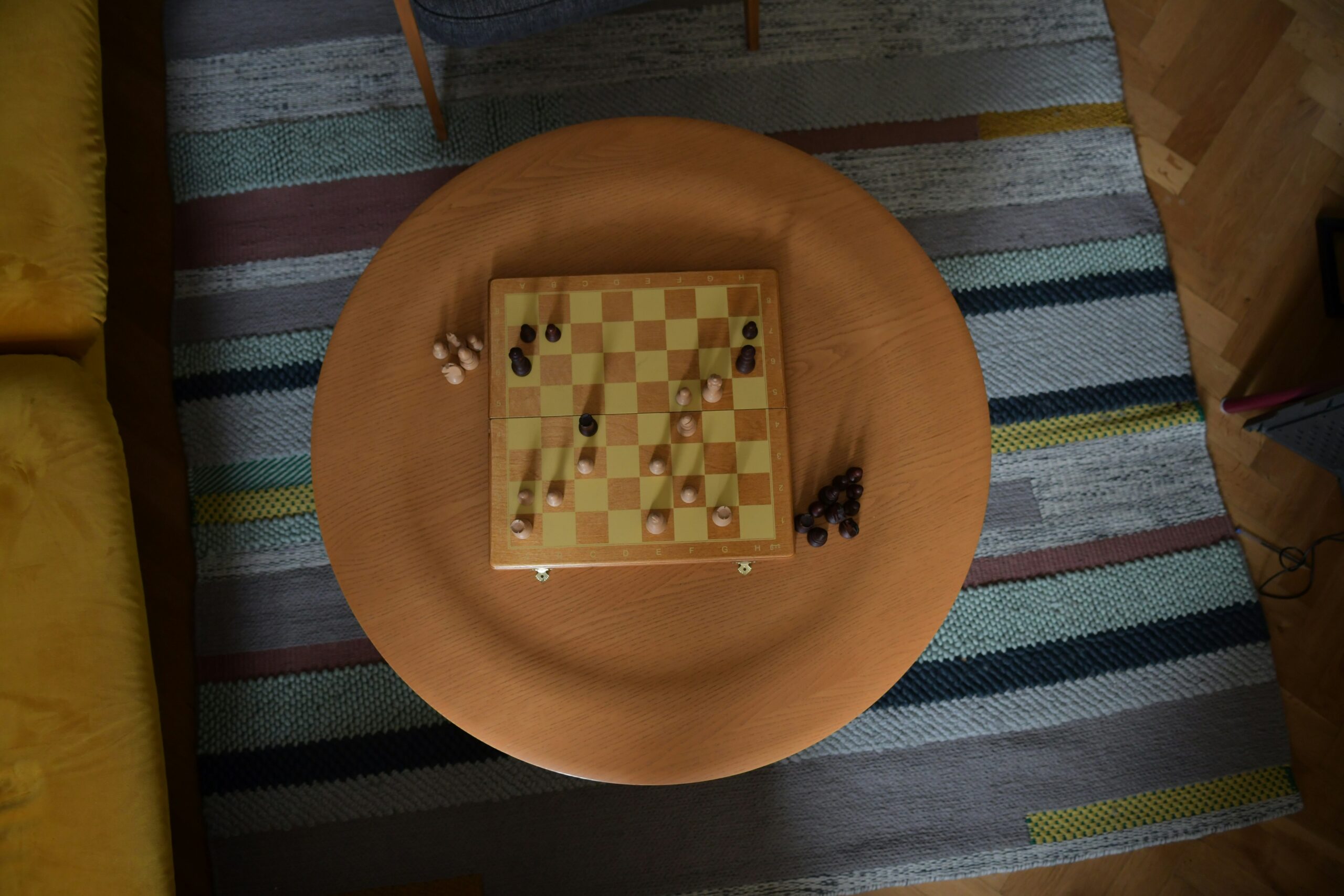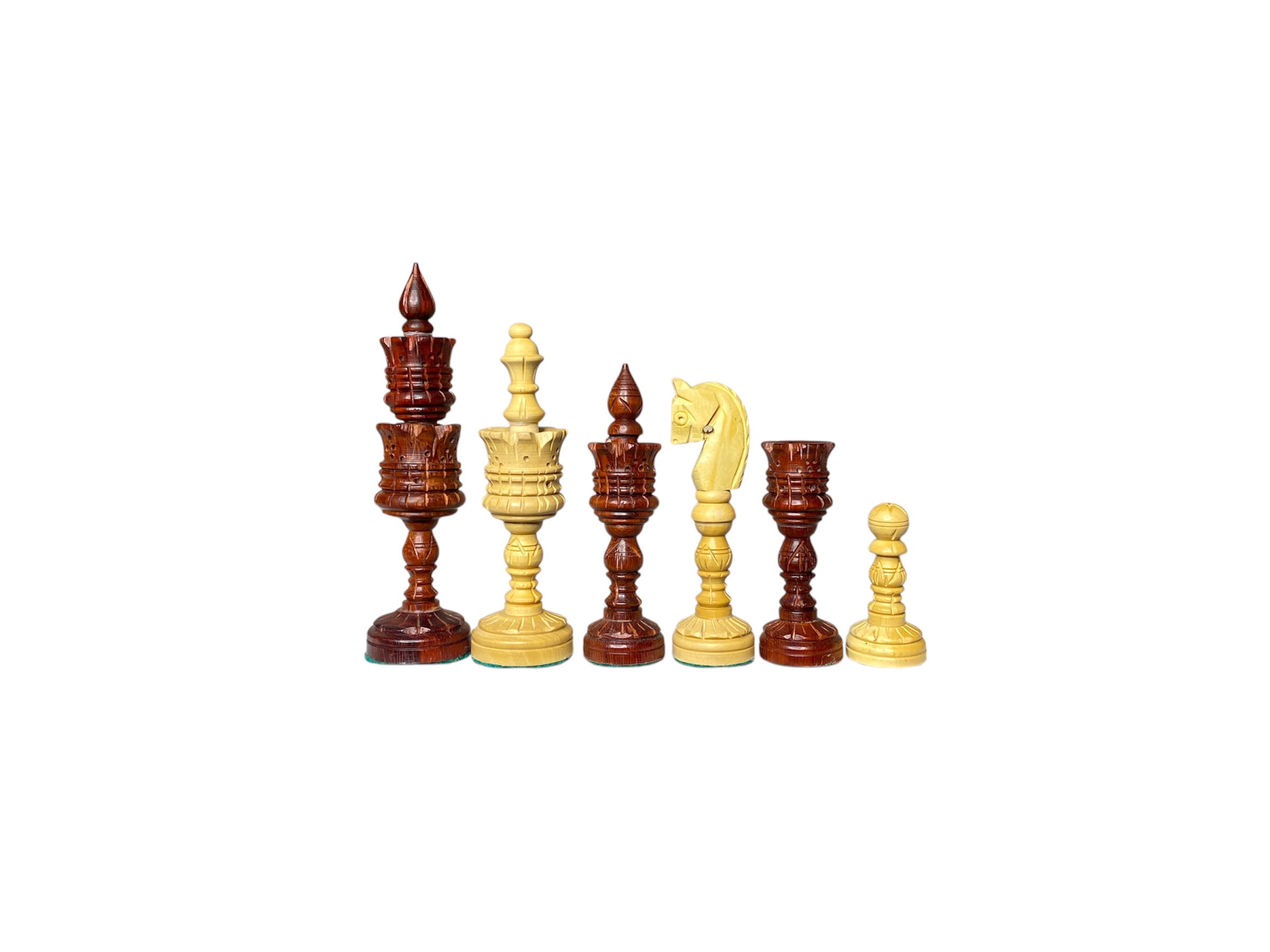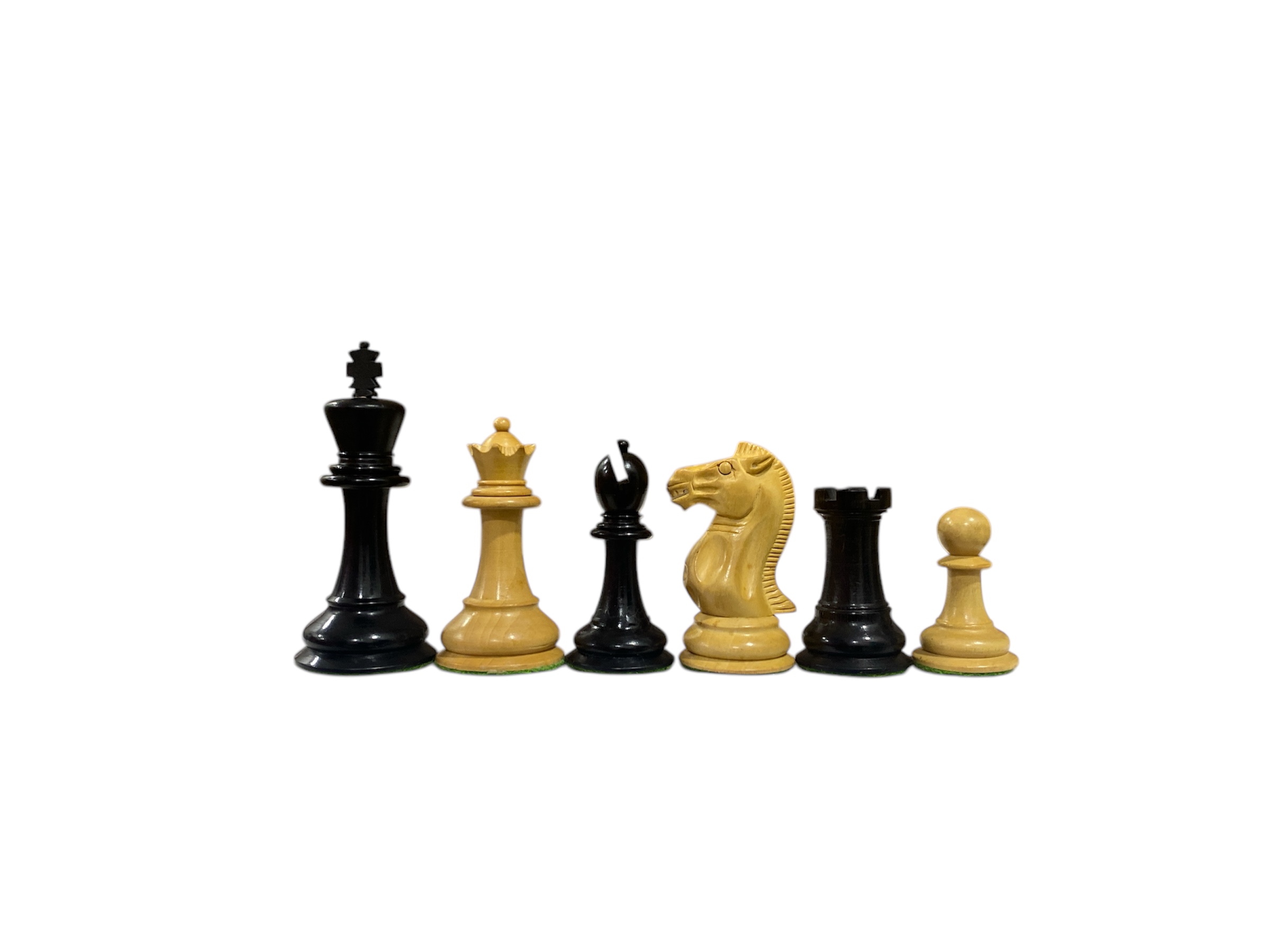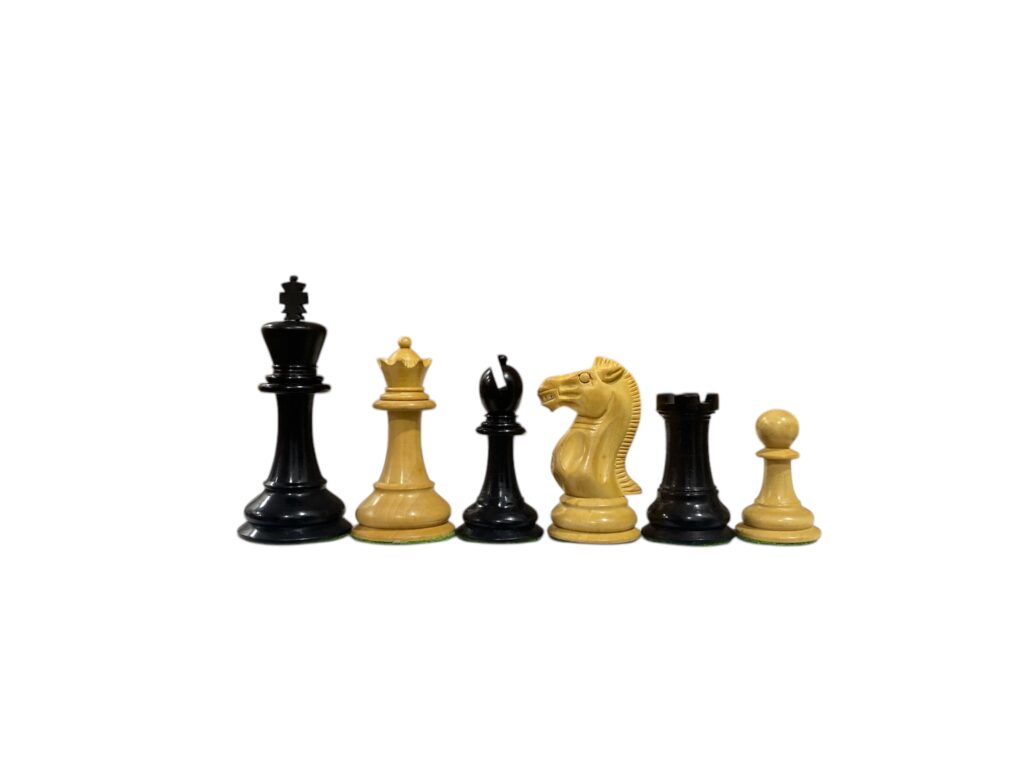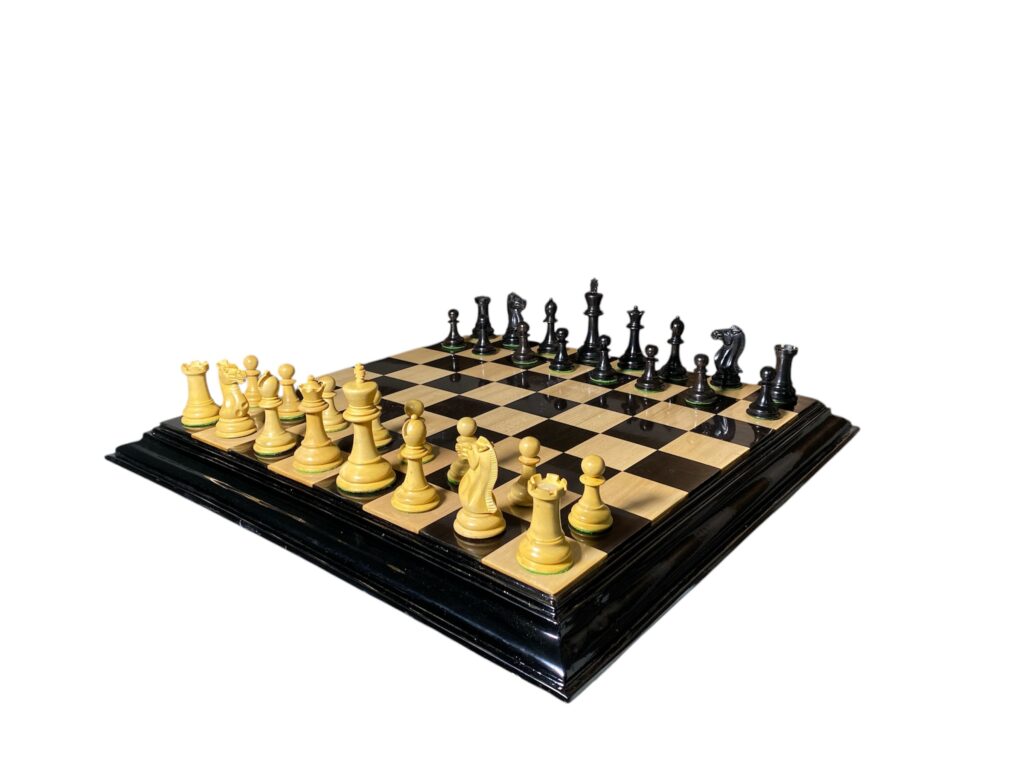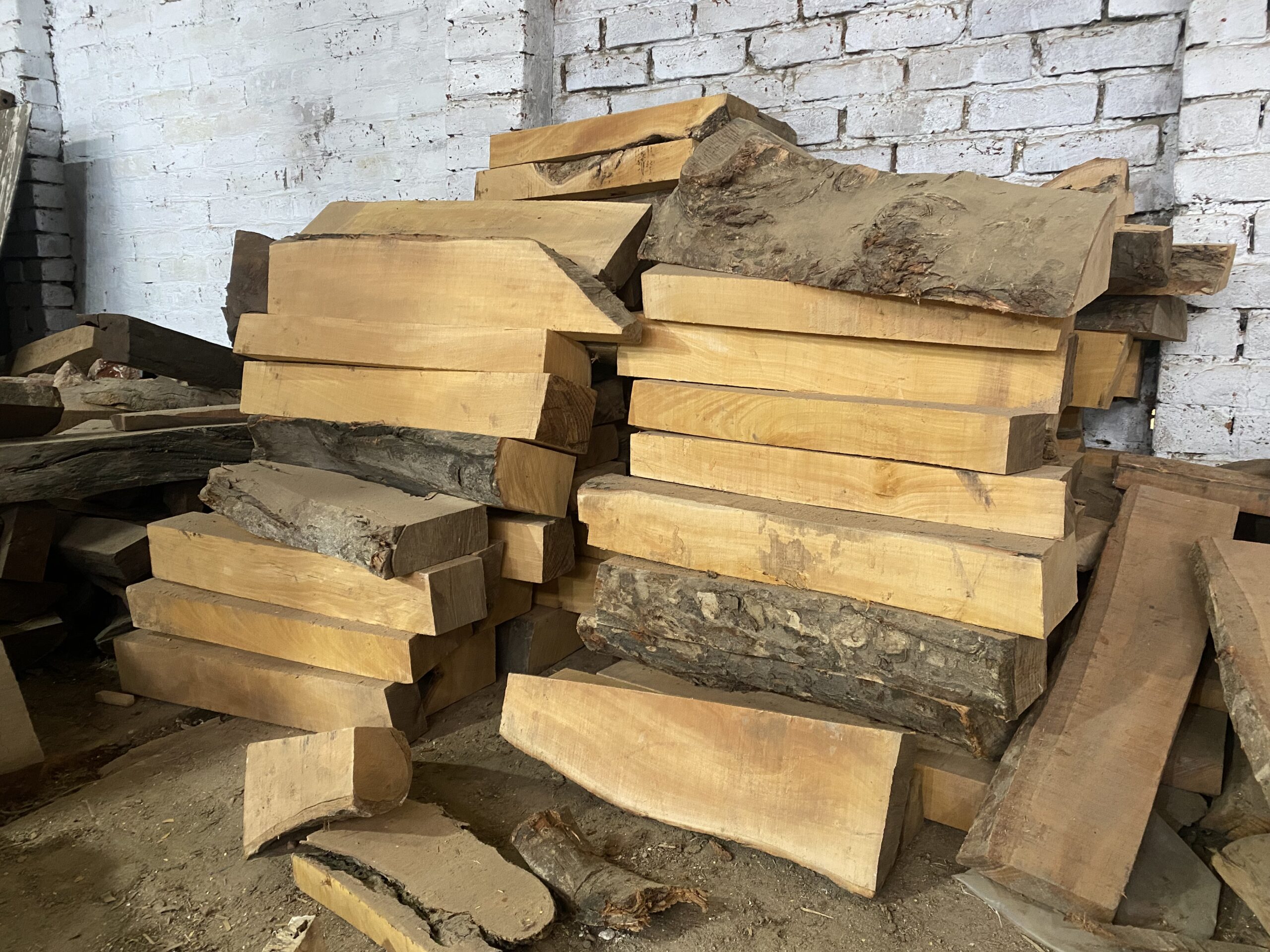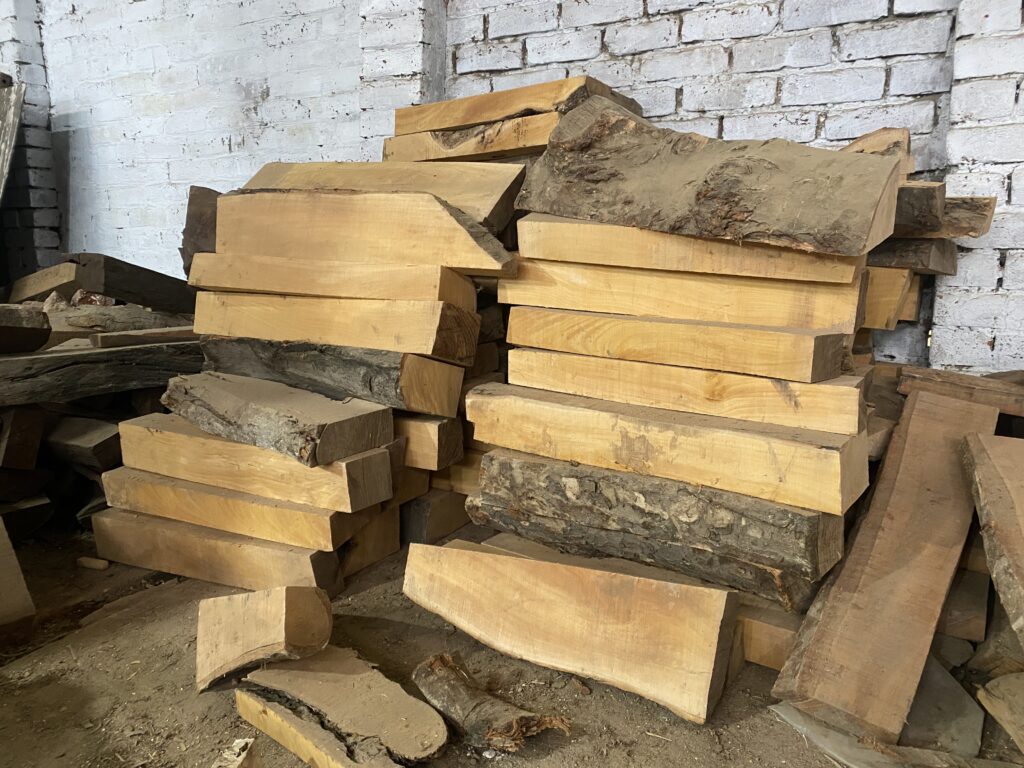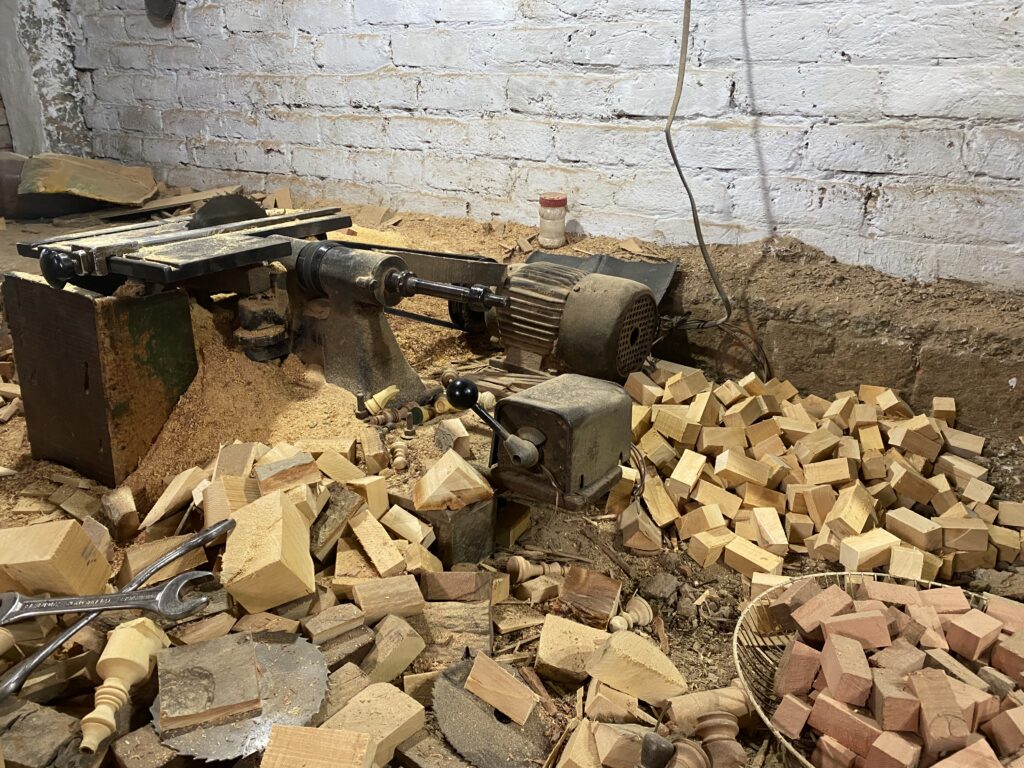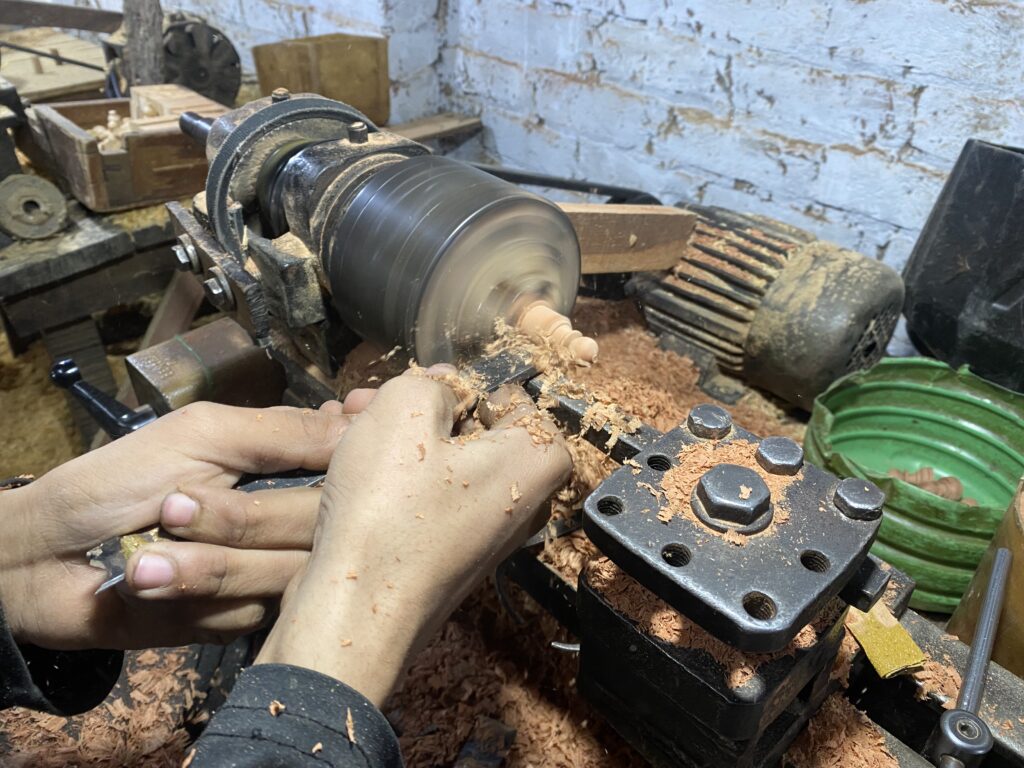Why Chess is the Ultimate Indoor Game
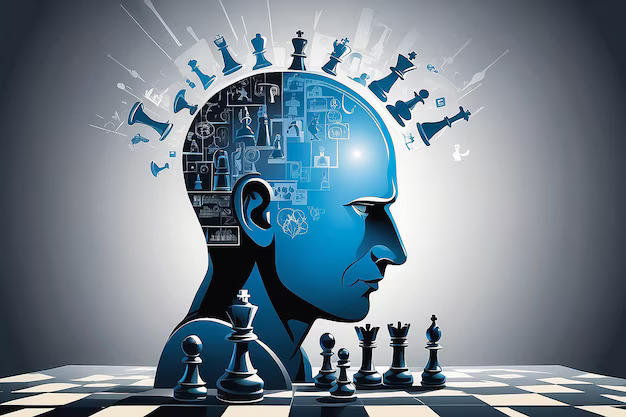
Introduction to Indoor Games
Indoor games represent a vital segment of leisure activities, providing an avenue for entertainment that can be enjoyed within the confines of one’s home or designated indoor areas. The significance of these games is multidimensional, encompassing not only recreational aspects but also fostering opportunities for social interaction and enhancing cognitive abilities. In an increasingly busy world, where outdoor activities may not always be feasible, indoor games serve as an accessible alternative that appeals to a wide demographic.
One of the key characteristics of indoor games is their inherent adaptability, which allows them to cater to various age groups and skill levels. Whether it is a simple card game or a complex board game, these activities can easily be tailored to suit the preferences and capabilities of participants, promoting inclusivity. This adaptability also contributes to their popularity, as players can engage in these games alone or in groups, allowing for both solitary and communal play experiences.
Furthermore, indoor games are designed to stimulate strategic thinking and problem-solving skills. Through engaging with these activities, individuals can develop essential mental agility that translates into improved decision-making in real-life situations. The peaceful indoor environment often enhances concentration and allows for in-depth and thoughtful gameplay, setting the stage for an immersive experience.
In summary, the universality and flexibility of indoor games make them indispensable in today’s entertainment landscape. They not only provide enjoyment but also serve as a medium for personal development and social connection, paving the way for deeper explorations of specific games, most notably chess, which embodies many of these characteristics in its unique gameplay experience.
Why Choose Chess as an Indoor Game?
Chess stands out as a premier indoor game, offering a multitude of unique advantages that extend beyond mere entertainment. One of the primary benefits of engaging in chess is the enhancement of critical thinking and problem-solving skills. Each move on the chessboard requires players to evaluate complex situations, plan strategically, and foresee potential outcomes. This cognitive engagement cultivates a mindset that becomes invaluable in real-life decision-making scenarios.
Moreover, chess significantly improves memory and concentration. The game demands the recall of opening moves, tactics, and various strategies employed by players around the globe. Regular practice strengthens not only short-term memory but also long-term retention of information, which is beneficial in both academic and professional contexts. As players become adept in their chess skills, they often notice an improvement in their overall focus, which can translate into other aspects of their lives.
Another essential attribute of chess is its capacity to foster patience and discipline. Playing chess requires a calm demeanor, as impulsive decisions often lead to unfavorable outcomes. Players learn to assess their options carefully and wait for the right moment to execute their strategies. This aspect of the game instills a sense of patience that can be beneficial in various life challenges.
Furthermore, chess is a versatile game, catering to a broad spectrum of players, from novices to grandmasters. Its accessibility makes it an ideal choice for individuals of all ages, promoting intergenerational bonding and social interaction. Chess clubs often provide a welcoming environment where people can learn, compete, and enjoy the game together, making it a timeless indoor pastime.
The Rules and Basics of Chess
Chess is a strategic board game played between two opponents, commonly on a square board divided into 64 squares of alternating colors. The objective of chess is to checkmate the opponent’s king, which means putting it in a position where it cannot escape capture. Each player begins with 16 pieces, including one king, one queen, two rooks, two knights, and two bishops, alongside eight pawns.
Each chess piece has unique movements that dictate how it can traverse the board. The king moves one square in any direction, while the queen can move any number of squares in any direction. Rooks move horizontally or vertically across the board, bishops traverse diagonally, and knights have a distinctive ‘L’ shape movement. Pawns generally move forward one square but capture opponent pieces diagonally. The special moves of chess include castling, which is a maneuver involving the king and a rook, and the en passant rule that enables a pawn that has moved two squares forward from its original position to be captured by an opponent’s pawn as if it had moved only one square.
Understanding the basic setup of the chessboard is essential for both beginners and advanced players alike. At the start of the game, the pieces are placed on the two rows closest to each player, ensuring that each player’s rightmost corner square is a light-colored square. The game begins with White making the first move, which is followed by Black. Movement and strategic positioning of the pieces are critical in anticipating the opponent’s tactics and executing successful plans.
As players engage with the game, they learn various strategies and tactics, which are vital for success. With patience, practice, and understanding of the rules, individuals can refine their skills and enjoy the complexities of chess. This foundational knowledge serves as a stepping stone for those interested in further exploring the world of chess.
Strategies and Tactics in Chess
The realm of chess is inherently defined by the strategic and tactical maneuvers employed by its players. A fundamental aspect of chess strategy begins with the opening principles, where the initial moves are crucial for establishing control of the board. Players are advised to develop their pieces harmoniously, control the center squares, and ensure the safety of their king. These opening principles not only lay the groundwork for a strong position but also serve to inform the corresponding tactics that unfold during the game.
As the game transitions into the middlegame, tactics come into play with heightened significance. Tactics involve short-term maneuvers that can yield immediate advantages, such as forks, pins, and skewers. Understanding how to recognize tactical opportunities can enhance a player’s effectiveness, often converting a passive position into an attacking one. Regularly practicing tactical puzzles is an effective method for improving one’s ability to spot these opportunities during actual gameplay.
Furthermore, the endgame presents its own set of strategic considerations. At this stage, fewer pieces remain on the board, and each move can be decisive. Players must rely on sound principles such as king activity, pawn promotion, and techniques to convert material advantages into victory. Mastery of endgame scenarios can dramatically affect a player’s win rate, as many games conclude in this phase.
In chess, foresight and meticulous planning are vital. Successful players develop a comprehensive strategic toolkit, equipping themselves with various openings, tactical themes, and endgame strategies. In doing so, they not only prepare for their opponent’s moves but also establish pathways to capitalize on weaknesses. This multifaceted approach ultimately enriches the chess experience, elevating both personal skill and appreciation of the game.
Chess and Cognitive Development
Engaging in the game of chess has been linked to numerous cognitive benefits that contribute to the overall development of players. Participating in chess promotes critical thinking, which is essential for problem-solving and decision-making in various aspects of life. The strategic nature of chess requires individuals to analyze positions, anticipate outcomes, and devise plans, thereby enhancing their cognitive processes. As players contemplate their moves and assess their opponents’ strategies, they foster an invaluable skill set that extends beyond the chessboard.
Moreover, studies have demonstrated that regular involvement in chess can significantly improve analytical skills. A notable piece of research conducted by the University of Texas revealed that students who participated in chess programs exhibited a marked increase in their critical thinking abilities compared to those who did not engage in chess. This improvement in analytical thinking is attributed to the game’s complex nature, which sharpens intellect and encourages players to evaluate various factors before making decisions.
Chess has also been shown to positively impact academic performance. Research from the University of Michigan indicated that children who play chess tend to perform better in mathematics and reading tests. The game fosters logical reasoning and enhances memory, as players must remember past games, strategies, and the rules governing the game. This development of cognitive skills can lead to improved concentration and focus, essential for academic success.
In essence, the multifaceted cognitive benefits derived from playing chess underscore its role as an enriching tool for cognitive development. By honing critical thinking, analytical skills, and academic performance, chess serves not only as an engaging pastime but also as a potent catalyst for mental growth, particularly in young learners. As more individuals embrace chess, they are likely to reap these benefits and experience an overall enhancement in their cognitive capabilities.
Social Aspects of Playing Chess
Chess is not merely a contest of intellect and strategy; it is also a profound social activity that fosters connections among individuals. One of the key social dynamics of chess is its ability to facilitate friendships, whether through casual matches at local clubs or competitive tournaments. Engaging in chess often brings together individuals from diverse backgrounds, creating an inclusive environment ripe for meaningful interactions. The experience of playing chess transcends age, culture, and skill level, allowing players to bond over a shared appreciation for the game.
Furthermore, chess communities, both local and online, play a crucial role in enhancing social interactions. Participants in chess clubs have the opportunity to engage in regular practice, share techniques, and discuss various strategies with fellow enthusiasts. This shared learning experience not only improves individual skills but also solidifies friendships, as members cultivate trust and camaraderie through their mutual passions. Online platforms have expanded these connections, enabling players to meet opponents from around the globe, exchange ideas, and even participate in virtual competitions, reinforcing the sense of community that chess fosters.
Participating in chess tournaments serves as another powerful avenue for social interaction. These events often attract a diverse group of competitors, allowing participants to interact with players of varying skill levels and backgrounds. Exposure to different styles of play enriches the competitive experience and offers invaluable opportunities for networking. The shared highs and lows of tournament play can create lasting bonds, as players develop mutual respect and admiration for each other’s abilities. In this way, chess does not only sharpen the mind but also cultivates relationships, making it an ultimate indoor game that continuously brings people together.
Chess Resources and Tools for Beginners
For individuals who are interested in learning chess, there is a wealth of resources and tools available to facilitate and enhance their experience. One of the most reputable ways to dive into the game is through literature. Notable books like “Bobby Fischer Teaches Chess” and “The Complete Idiot’s Guide to Chess” serve as excellent introductions. These texts cover fundamental concepts while providing exercises to build strategic thinking necessary for success in chess.
Online tutorials and courses have also become increasingly popular among beginners. Many of these platforms also feature forums where learners can discuss problems or share experiences with fellow chess enthusiasts. Additionally, apps such as “Chess – Play and Learn” allow players to practice on the go, providing a convenient means of honing skills in various situations.
When it comes to physical tools, selecting a high-quality chess set can significantly enhance the playing experience. Different materials, such as wooden, plastic, or magnetic sets, allow for a range of preferences and budgets. Accessories such as a chess clock or instructional score sheets can also augment gameplay, especially for those interested in competitive play. For social engagement and continued learning, joining local chess clubs or leagues can be invaluable. Many cities host regular meetups, tournaments, and workshops, fostering an environment conducive to growth and camaraderie among players at all levels.
Engagement with these resources not only deepens understanding and appreciation of chess but also contributes to learning in a supportive community, making it an ideal game for beginners.
Conclusion: Embracing Chess as the Best Indoor Game
Throughout this discussion, we have explored the multifaceted nature of chess and its position as the ultimate indoor game. One of the most compelling aspects of chess is its ability to stimulate cognitive development. Engaging in chess requires strategic thinking and problem-solving skills, which are essential not only for the game itself but also translate into real-life situations. As players navigate through complex scenarios on the board, they enhance their ability to think critically and make informed decisions.
Additionally, chess serves as a powerful medium for social interaction. It provides an opportunity for individuals to connect with others, whether through casual matches with friends or competitive tournaments. This element of socialization fosters a sense of community, as players share strategies, celebrate victories, and learn from defeats together. Such interactions often extend beyond the chessboard, building lasting friendships and encouraging a spirit of camaraderie.
Moreover, chess is renowned for its accessibility. It can be played in various settings, such as at home, in parks, or even online, making it feasible for people of all ages to participate. This versatility ensures that chess can fit seamlessly into anyone’s lifestyle, regardless of their circumstances or preferences. As a result, it continues to promote inclusive participation, bridging generational gaps and enabling lifelong learning.
In applause of its mental challenges, community-building capabilities, and accessibility, it is clear that chess transcends mere leisure activity. Hence, we encourage our readers to embrace chess not only as an enriching indoor pursuit but also as a vital instrument for personal growth and healthy social interaction. Engaging with chess can undoubtedly lead to a more profound appreciation of strategy, intellect, and connection in our daily lives.
Here is the link from where you can buy Quality chess and it’s accessories –




